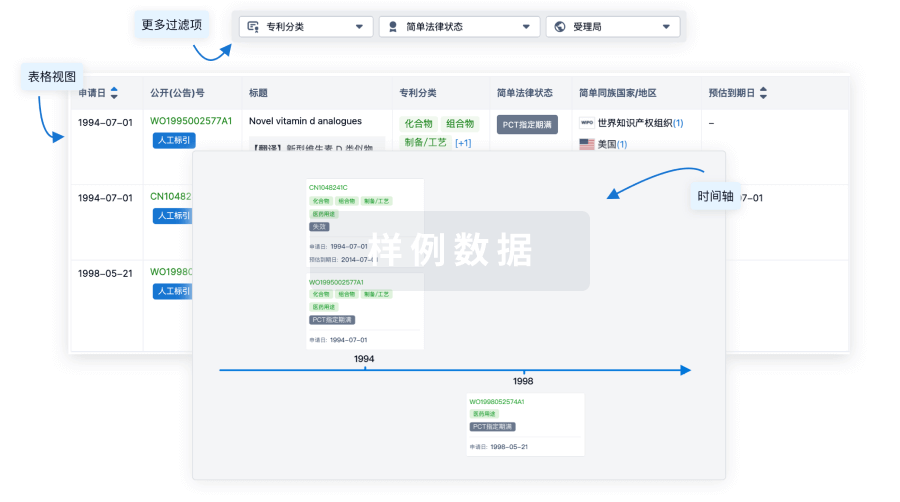Excretion of conjugated bile acids into bile is an essential function of the liver, and impairment of canalicular bile acid secretion leads to cholestatic liver injury. However, hepatic excretory function cannot be quantified in vivo because of the lack of suitable methods. Cholylsarcosine is an analog of the endogenous bile acid conjugate cholylglycine and exhibits characteristics in vivo that led us to hypothesize that the (11)C-labeled form, that is, [N-methyl-(11)C]cholylsarcosine ((11)C-cholylsarcosine), would be a suitable PET tracer for quantification of hepatic excretory function.METHODSA method for radiosynthesis of (11)C-cholylsarcosine was developed involving (11)C-methylation of glycine followed by conjugation with cholic acid. Blood-to-liver uptake and liver-to-bile excretion were investigated in vivo by dynamic (11)C-cholylsarcosine PET/CT of 2 anesthetized pigs. In pig 1, a second dynamic (11)C-cholylsarcosine PET/CT examination was preceded by a high dose of the endogenous bile acid conjugate cholyltaurine to investigate possible inhibition of the transhepatocellular transport of (11)C-cholylsarcosine. In pig 2, a second (11)C-cholylsarcosine administration was given to determine the biodistribution of the tracer by means of 5 successive whole-body PET/CT recordings. Possible formation of (11)C-metabolites was investigated by analysis of blood and bile samples from a third pig.RESULTSThe radiochemical yield was 13% ± 3% (n = 7, decay-corrected) and up to 1.1 GBq of (11)C-cholylsarcosine was produced with a radiochemical purity greater than 99%. PET/CT studies showed rapid blood-to-liver uptake and liver-to-bile excretion of (11)C-cholylsarcosine, with radioactivity concentrations being more than 90 times higher in the bile ducts than in liver tissue. Cholyltaurine inhibited the transhepatocellular transport of (11)C-cholylsarcosine, indicating that the tracer is transported by one or more of the same hepatic transporters as cholyltaurine. (11)C-cholylsarcosine underwent an enterohepatic circulation and reappeared in liver tissue and bile ducts after approximately 70 min. There were no detectable (11)C-metabolites in the plasma or bile samples, indicating that the novel conjugated bile acid (11)C-cholylsarcosine was not metabolized in the liver or in the intestines. The effective absorbed dose of (11)C-cholylsarcosine was 4.4 μSv/MBq.CONCLUSIONWe have synthesized a novel conjugated bile acid analog, (11)C-cholylsarcosine, and PET/CT studies on anesthetized pigs showed that the hepatic handling of tracer uptake from blood and excretion into the bile was comparable to that for the endogenous bile acid cholyltaurine. This tracer may be valuable for future studies of normal and pathologic hepatic excretory functions in humans.







